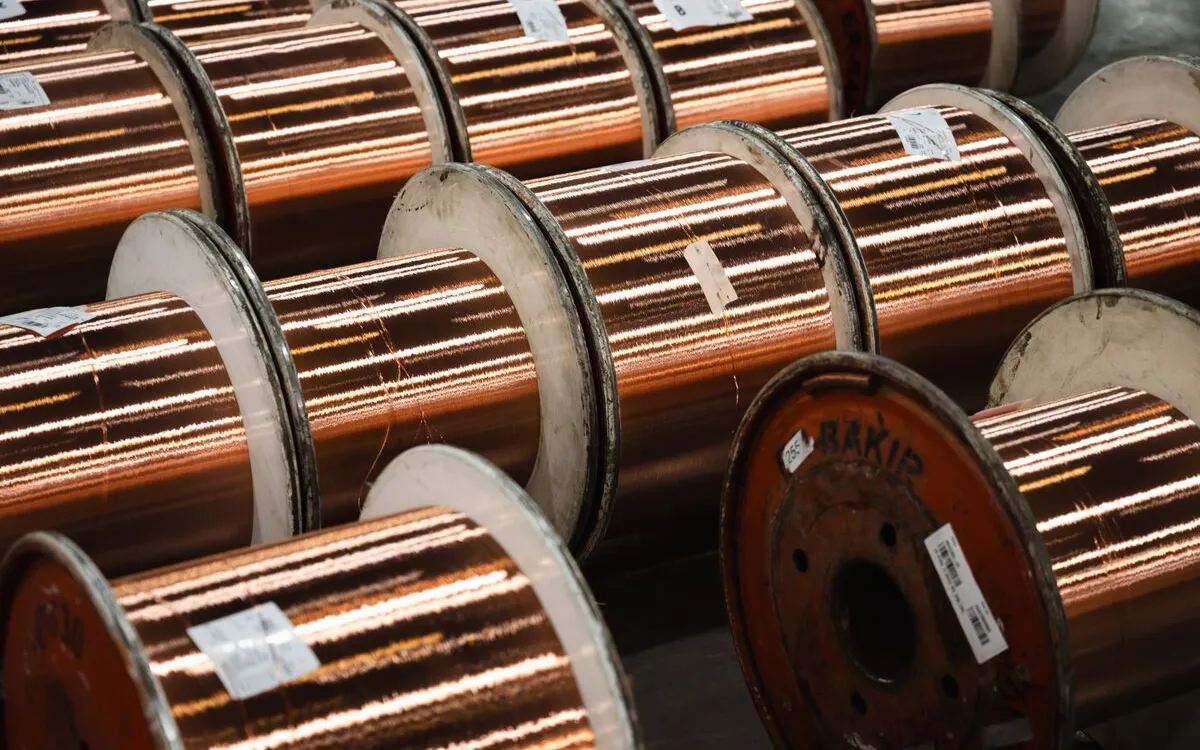
US President Donald Trump has unveiled his ambitious plan to impose a 50% tariff on copper, a crucial metal widely used across various industries. This significant move aims to enhance American copper production and reduce reliance on foreign imports. The announcement, which is set to take effect on August 1, has raised eyebrows due to its potential impact on the global copper market.
While the announcement lacked comprehensive details, it is confirmed that the tariffs will cover all forms of refined copper. According to sources familiar with the discussions, who spoke on the condition of anonymity, this decision highlights Trump’s broader strategy to fortify the US manufacturing sector. By targeting refined copper, the administration seeks to incentivize domestic production and stimulate the local economy.
The introduction of a 50% tariff on copper is expected to have significant implications for both domestic and international markets. As one of the most ubiquitous materials, copper is essential in numerous applications, ranging from electrical wiring to plumbing. The proposed tariffs could lead to increased prices for consumers and businesses that rely on copper products, potentially affecting various sectors, including construction and electronics.
This move by the Trump administration may also strain global trade relations, particularly with countries that export refined copper to the United States. Analysts predict that affected nations may retaliate with their own tariffs on American goods, leading to a potential trade war. Such developments could further complicate the already tense landscape of international trade.
President Trump’s proposed copper tariffs represent a bold step towards revitalizing American industry and promoting local production of essential materials. As the implementation date approaches, industry stakeholders and consumers alike will be closely monitoring the effects of these tariffs on the market and the economy. Whether this strategy will successfully bolster US copper production remains to be seen, but it undoubtedly marks a significant moment in the ongoing discourse surrounding trade policy and manufacturing in America.